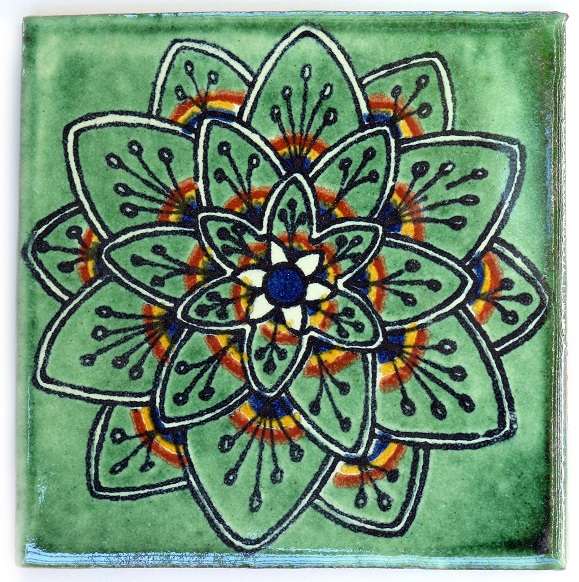Looking for Spanish tiles? Learn the history behind the evolution of Spanish tiles and the modern-day applications…
If you look back at the history of tiles you will discover a major influence from Spain. Ceramic Spanish tiles were greatly influenced in turn by the Arab culture through the 11th century. Initially during the Middle Ages the Iberian Peninsula was home to many rich traditional cultures. A cultural and artistic kaleidoscope of products arose in the region.
When the Arabs invaded the Iberian Peninsula, which is modern-day Spain, they brought with them ceramic-making technology. Its major contributions were the different techniques utilized to create a glaze on top. This glaze made Spanish tiles impermeable and long-lasting.
Additionally the glaze provided the base for decoration and coloring of the tiles. The glaze used on top consisted of green lead and it was decorated on white with a transparent glaze along with highlights of metallic hues. The first Spanish tile factory was established in the Iberian peninsula in Malaga.
The ceramic tile was utilized in architecture in the creation of the single based semi-circle structure that finished off the turrets of the great Mosque of Seville in the 12th century.
Due to Christian pressure by the 15th century the Spanish tile factory was transferred from Malaga two Manises. This was the beginning of a long and prosperous culture and development era for Spanish tiles.
Interestingly enough as early as the start of the 20th century Spanish tiles were available from different manufacturers and were shipped all over the world. In fact, these tiles were catalogued and could be ordered from trading centers that had networks with Spain.
The Arab influences in the 14th and 15th century resulted in a lot of their designs and geometric shapes being incorporated into the tiles. The designs are highly elaborate and many colors were used.
Modern-day Spanish tiles range from elaborately decorated and colorful mosaic tiles to those with options for replicating wood floors. The tiles may be quite expensive but are extremely high-quality and durable. From bathroom and kitchen ceramic Spanish tiles to high quality wood look Spanish tiles you can find a host of different finishes.
These mosaic tiles feature different colors of small squares within one large square and provide a medley of shades in one piece. The larger tiles suitable for bathrooms and kitchens are often available in pastel as well as printed Spanish tiles.
Modern-day tiles are utilized to decorate large areas like shopping malls, recreational areas and restaurants. These are the cheaper quality Spanish tiles preferred for their low maintenance and durability.
However, for residential purposes a myriad of designs are available to choose from. But these do not come cheap. Most of the tiles are shipped by Spanish tile distributors into different countries. The shipping costs are of course built into the price.
However, the price you pay once for a high quality Spanish tile will pay you back for years to come. Spanish tiles are elegant, well manufactured, durable and low maintenance. Choose a design that will blend in with your interior and that can be built on for years to come.





